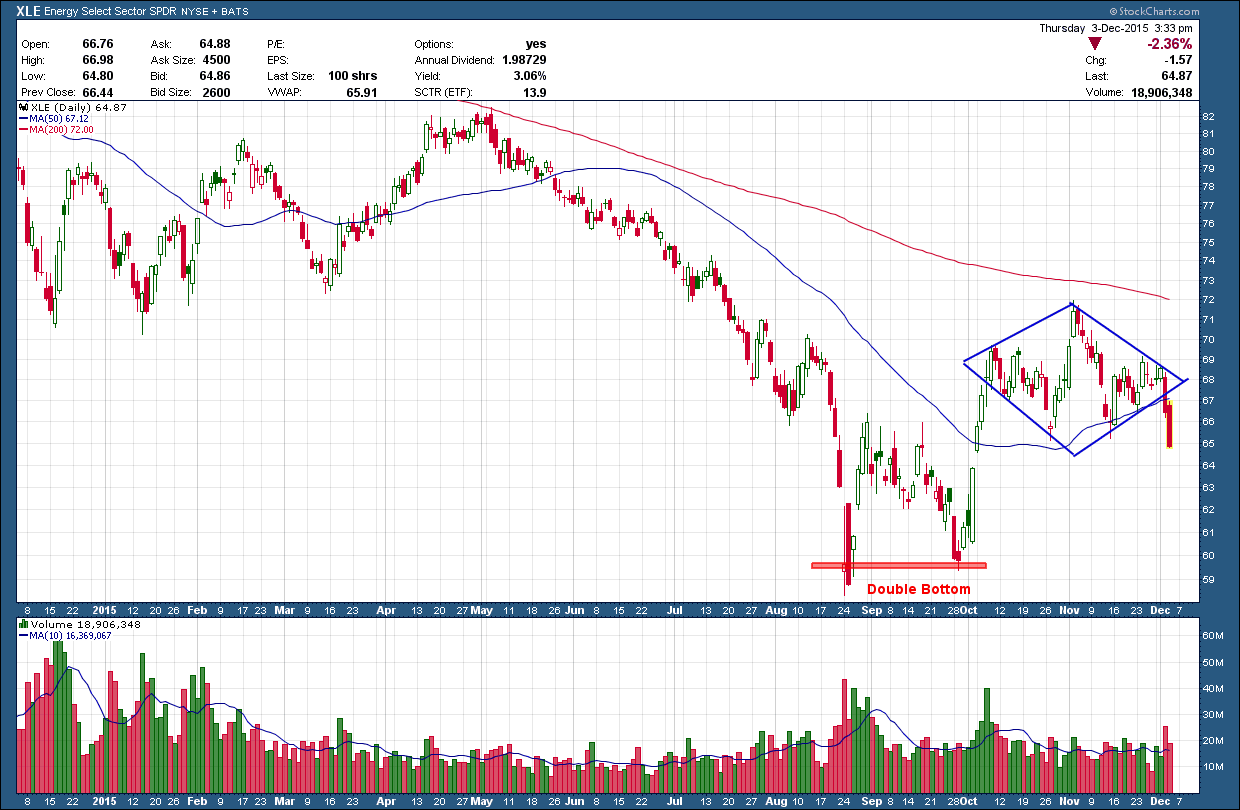In the early years of my technical analysis training every night one of my mentors would say either, “only price pays” or “price is all that matters”. Hearing that same thing over and over again used to frustrate me to no end. Whaddya mean only prices pays? What about earnings? What about the FED? What about the Greece default? What about, what about, what about? Those things matter darn it! After finding the nerve I asked what it meant. He said it meant that as an investor the only thing I should pay attention to is price because everything else was noise. While that sort of helped it still was not complexly clear. Not until many months later did it finally click. I saw this comment on stocktwits.com yesterday and after a good belly laugh I immediately flashed back to the “price is all that matters” discussion of years past. I wished I had this then as it may have “clicked” a little sooner.
Hopefully, if it hasn’t quite clicked yet for you, it may help you. If not, a good laugh is almost as important. Keep in mind it is about interest rates when in fact it could be about any other topic OTHER THAN PRICE.
The bottom line is everything, other than price, can be used to support a bullish or bearish argument depending upon which side of the fence you are on. Everything whether it is earnings, the FED, Greece (and maybe even Donald Trump) is reflected into price. Since price is all the information that exists in the market why not simplify life, ignore the noise and focus only on it because it is the only thing that matters.




